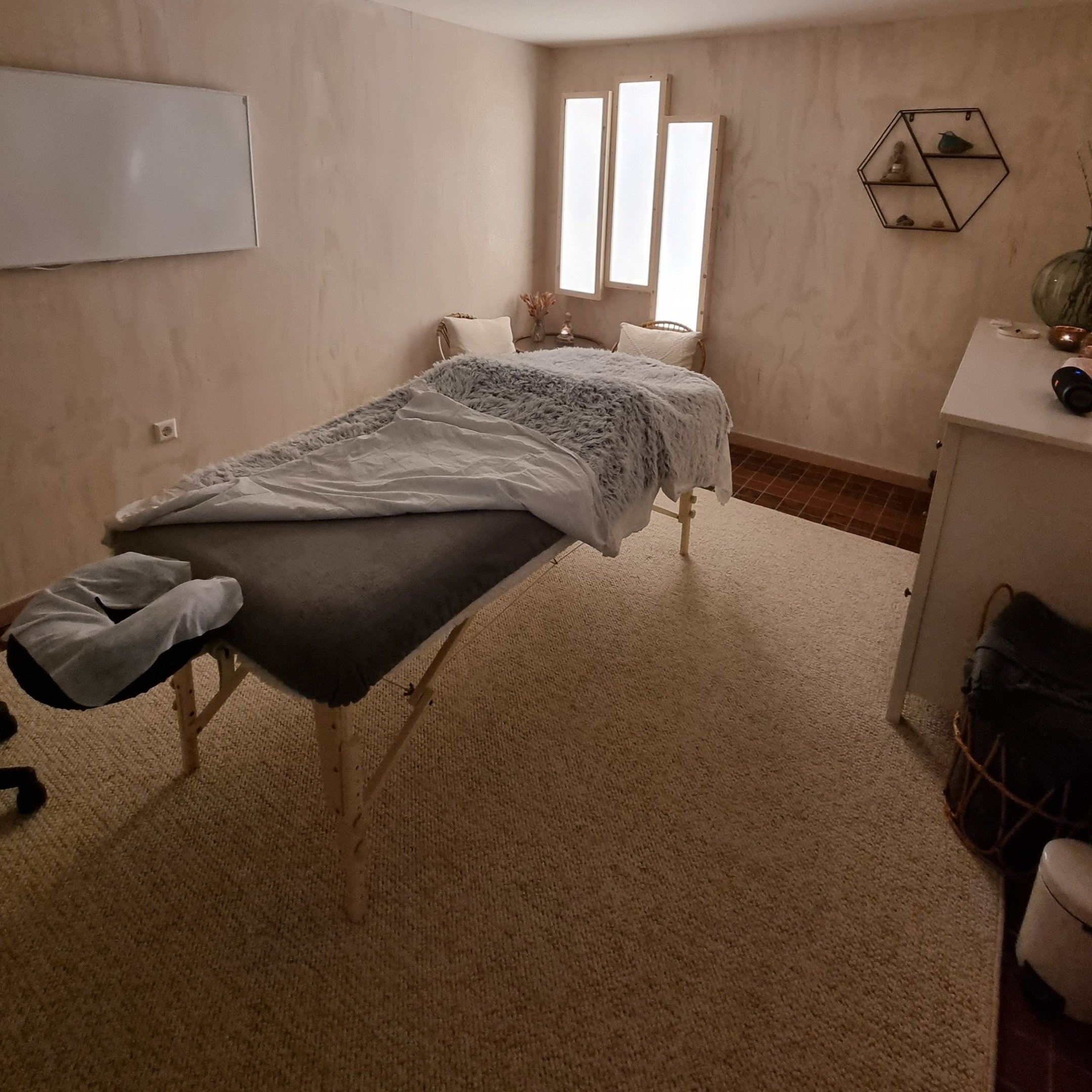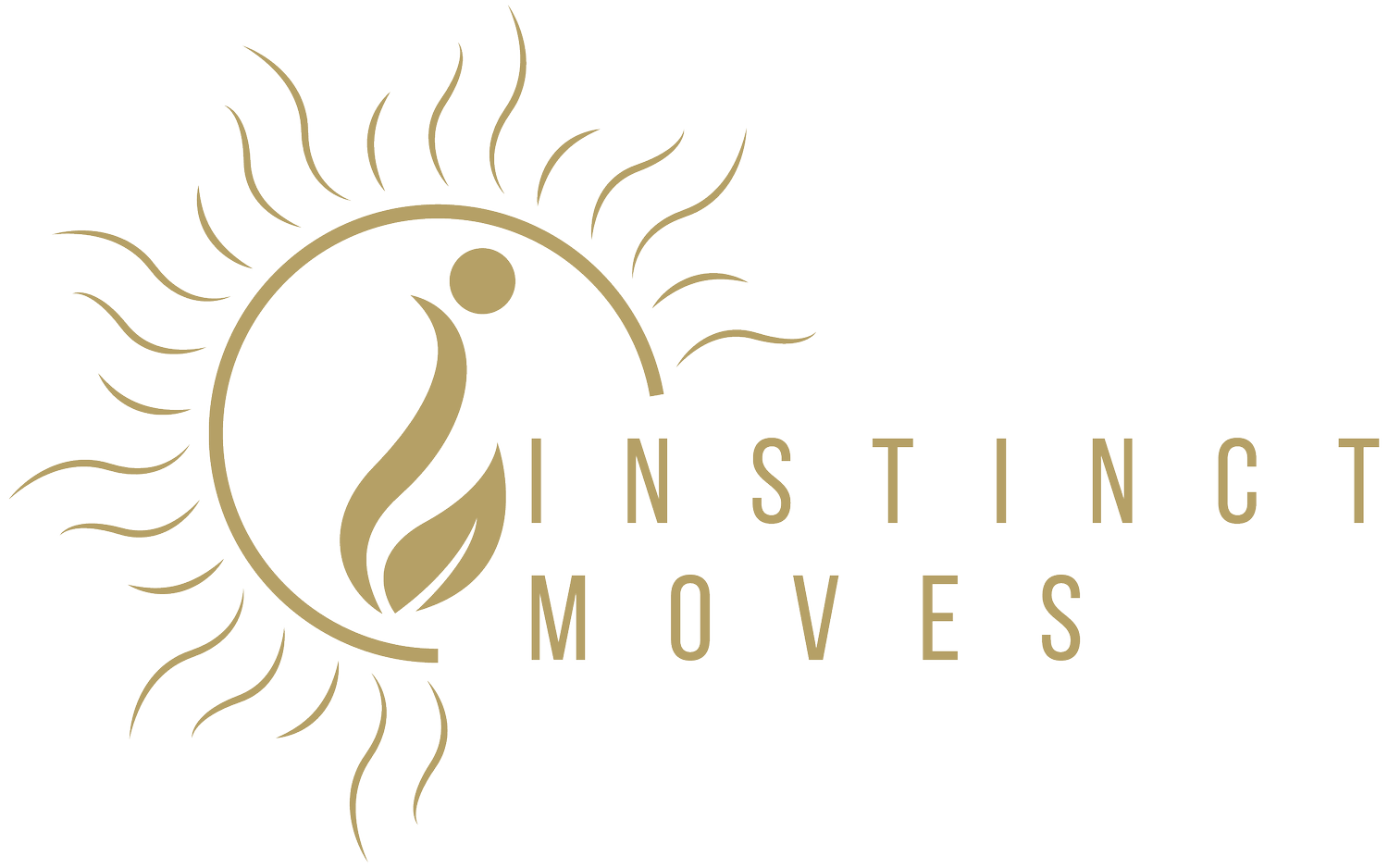
You can find me in Amsterdam West, at Yogastudio Bluebirds
Thursday 18:00 - 22:00
Sunday 18:00 - 22:00
Jan Evertsenstraat 4-8
Amsterdam
Have you ever felt like your mind and body aren't working together?
If we don't train and use something consciously,
we don't develop the ability to use it instinctively and smoothly.
For example, I remember when I was learning to dance as a teenager. At first, I had to break down all the steps and it looked very sloppy, but after several years of practice, I can now hear a song and freely dance to it in several different styles—and that makes me feel great!
By mindful re-education through different body-mind modalities,
like massage therapy, meditation, yoga, and breathwork,
we can regain the ability to use our body and mind in harmony once again.
If you're interested in regaining some unification and clarity,
bodywork can be an excellent gateway to relax into the body
and begin reintegrating these two aspects of yourself.
“From the moment you go to school you’re taught to sit down, be quiet, and only use your head, while ignoring the rest of your body.”

Communication is key.
I believe a good session begins with clear communication.
What are you wishes?
What are your desires?
What are your limits?
Every session starts with a conversation to get to know each other and so I know what you would like to get out of the session. The time we spend talking will not be taken off your time on the table.

At my massage practice, I believe that every body is unique and requires a personalized approach to healing. That's why I use a variety of techniques, including fascia release therapy, triggerpoint therapy, Lomi-lomi massage, and swedish massage, to create a customized massage experience that addresses your specific needs. Whether you're dealing with chronic pain, muscle tension, or just need a moment to relax and unwind, I will work with you to design a massage that is tailored to your individual preferences and goals.
-
Fascia release therapy is a technique used to release tension and adhesions in the fascia, a connective tissue that surrounds and supports muscles, bones, and organs. The fascia can become tight and restricted due to injury, stress, poor posture, or overuse, leading to pain, stiffness, and limited range of motion.
During a fascia release therapy session, a trained therapist will use manual techniques such as stretching, massage, and pressure to help loosen and lengthen the fascia. This can improve circulation, reduce inflammation, and promote healing.
Fascia release therapy can be beneficial for a variety of conditions, including chronic pain, headaches, back pain, and postural imbalances. It is often used in combination with other therapies, such as chiropractic, physical therapy, and massage, as part of a comprehensive treatment plan. If you're experiencing pain or discomfort, consider giving fascia release therapy a try to help alleviate your symptoms and improve your overall quality of life.
-
The Trager® Approach is a form of movement education and mind/body integration, created and developed over a 65-year period by Milton Trager, M.D.
-
Swedish massage technique is a type of massage therapy that involves long, flowing strokes, kneading, tapping, and other rhythmic techniques with the aim of relaxing and relieving muscle tension. It is primarily known for its relaxation effects and is one of the most common types of massages you can get. Swedish massage uses a combination of friction, light-to-firm pressure, and other techniques to target muscles and improve overall health.
-
Lomi lomi massage is a traditional Hawaiian healing practice that uses various techniques to address a wide range of body pains. It is not a single style of massage but has many different unique lineages, each with its own techniques, preferences, and focuses. The word "lomi" means "to rub, press, squeeze, crush, mash fine, knead, massage, rub out; to work in and out, as claws of a contented cat" in the Manomano Hawaiian dictionary. The term "lomi lomi" or "lomilomi" means "massage," but in this case, it refers to a spiritual technique based on the Hawaiian philosophy of "huna" and how it relates to our bodies.
-
Trigger point therapy, also known as myofascial trigger point therapy, is a form of manual therapy that aims to relieve pain and tension in muscles and connective tissue. The therapy involves the identification and targeted release of trigger points, which are specific areas of muscle spasm or tightness that can cause referred pain and other symptoms.
Trigger points can be caused by a variety of factors, including muscle overuse, injury, stress, and poor posture. They are often characterized by the presence of a taut band or knot in the muscle, and can cause pain, tenderness, stiffness, and limited range of motion.
Trigger point therapy typically involves applying pressure to the trigger point using fingers, thumbs, or a specialized tool, and holding the pressure until the point releases and the muscle relaxes. Other techniques may include stretching, heat or cold therapy, and exercises to strengthen and lengthen the affected muscles.
The goal of trigger point therapy is to reduce pain, improve range of motion, and restore normal function to the affected muscle or muscle group. It is often used in combination with other therapies, such as massage, chiropractic, and physical therapy, as part of a comprehensive treatment plan for musculoskeletal conditions.

